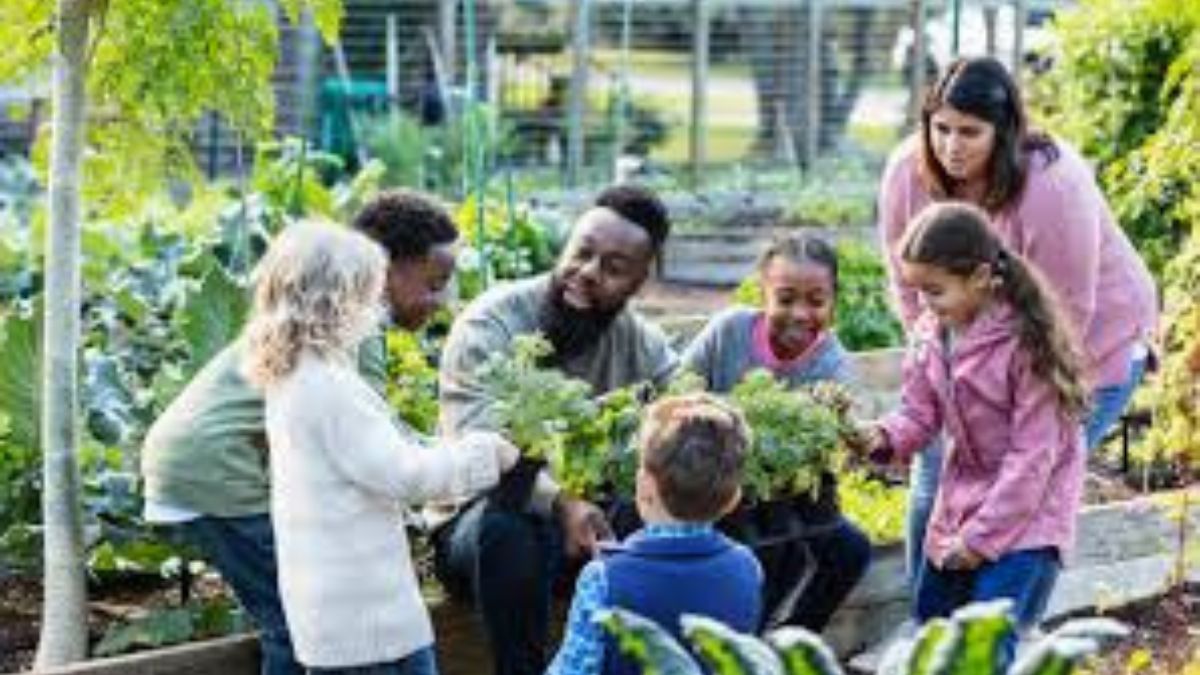Successful communities are present where people come together and share resources and information. Local initiatives often are tiny initially, but proper support allows them to grow into continued programs that beautify day-to-day lives. Resource management keeps duplication of work from happening, best use of time takes place, and help becomes provided to those with the highest needs. When starting food drives, clean-up initiatives, or educational programs, good resource management becomes the foundation of success.
Historical Note: During the early 20th century, community groups such as settlement houses from the United States united neighbors and used skills, offered classes, and assisted troubled families. These initiatives demonstrated how resources from the community could improve lives and paved the way for a number of contemporary community programs we are familiar with nowadays.
Why Local Support Matters
Strong local support gives community projects the foundation they need to succeed. When people pool their skills, time, and resources, even small efforts can make a big difference. Support helps cover gaps in funding, spreads awareness, and ensures that everyone benefits from the work being done. From food banks to neighborhood cleanups, initiatives backed by strong local engagement tend to last longer and grow faster. Even resources like a storage facility on Bragg Boulevard Fayetteville can play a role by giving groups space to keep supplies safe until they are needed.
- Local support increases participation
- Shared resources reduce overall costs
- Strong backing builds long-term trust
When communities invest in their own initiatives, they strengthen bonds between neighbors and create a culture of helping. This kind of engagement not only solves today’s problems but also prepares a community to face future challenges with resilience and unity.
Mapping Available Resources
- Identify physical spaces such as schools, churches, or libraries that can host events
- List financial resources, including local businesses or grants that can provide funding
- Note skill-based resources like teachers, tradespeople, or organizers who can share expertise
- Collect information on volunteer time and willingness from community members
Observation: In one small town, neighbors realized that each household had a skill to offer—gardening, carpentry, or cooking. By mapping these skills, they created a weekly market and skill-sharing workshops that strengthened the entire community.
Taking time to identify what is already available makes it easier to design projects that fit real needs. Many communities overlook resources because they are hidden in plain sight. By organizing and tracking these assets, local groups avoid duplication and can use what they already have more effectively. This approach builds confidence and shows that solutions are closer than many people think.
Building Volunteer Networks
How can I encourage more people to volunteer? The best way is to make volunteering easy and rewarding. Offer flexible schedules, short commitments, and clear roles so people know exactly how they can help. Public recognition and small thank-you gestures also encourage long-term involvement.
What are the best ways to keep volunteers motivated? Communication is key. Regularly share updates about the project’s impact so volunteers see the results of their work. Giving them a voice in planning and decision-making also builds ownership and trust.
Why is building a volunteer network important for community initiatives? Volunteers are the backbone of many local projects. They provide time, energy, and skills that keep initiatives moving forward without heavy costs. Strong networks create consistency, which helps programs thrive and grow.
By answering these common questions, communities can build strong volunteer networks that support local initiatives for the long term.
Partnering with Local Groups
Working with local groups gives community projects more strength and visibility. Partnerships reduce duplication, create access to more resources, and spread awareness. Here are a few fast and practical tips for building successful partnerships.
- Reach out to schools and faith-based organizations
- Collaborate with small businesses for mutual benefits
- Join forces with nonprofits that share similar goals
- Use community centers as shared meeting points
- Promote partnerships through local media and events
When groups work together, they create stronger outcomes and build deeper trust across the community. Partnerships turn small projects into larger initiatives that benefit more people and stand the test of time.
Tracking Impact Effectively
One of North Carolina’s smallest towns created a neighborhood garden program with few volunteers and donated gear. Early growth was slow, and some doubted the work of the project as worthwhile. To measure their impact more definitively, the group also started counting food produced, families assisted, and volunteers’ hours. During their first season, they documented over 500 pounds of produce divided among community families. Presenting their results at town council meetings and social networks encouraged still more volunteers.
Results-tracking communities are 60% more likely to have sustained local initiative support.
Experts say that as long as monitoring doesn’t necessarily have to be high-tech, a chronicle of activities or photography designed to illustrate changes from one time to another can also do the trick. Such transparency helps build credibility and shows the community that their efforts are truly making a difference. What the garden project showed is that where results are tangible, local initiatives are more substantial and gain long-lasting support.
Moving Forward Together
The success of any initiative depends on shared responsibility and ongoing organization. Communities that pool skills, time, and resources create lasting results. Organizing community resources to support local initiatives is not just about meeting today’s needs but also about building stronger, more resilient neighborhoods. Start small, stay consistent, and celebrate progress along the way. By working together, every community has the power to turn simple ideas into meaningful change that benefits everyone.

